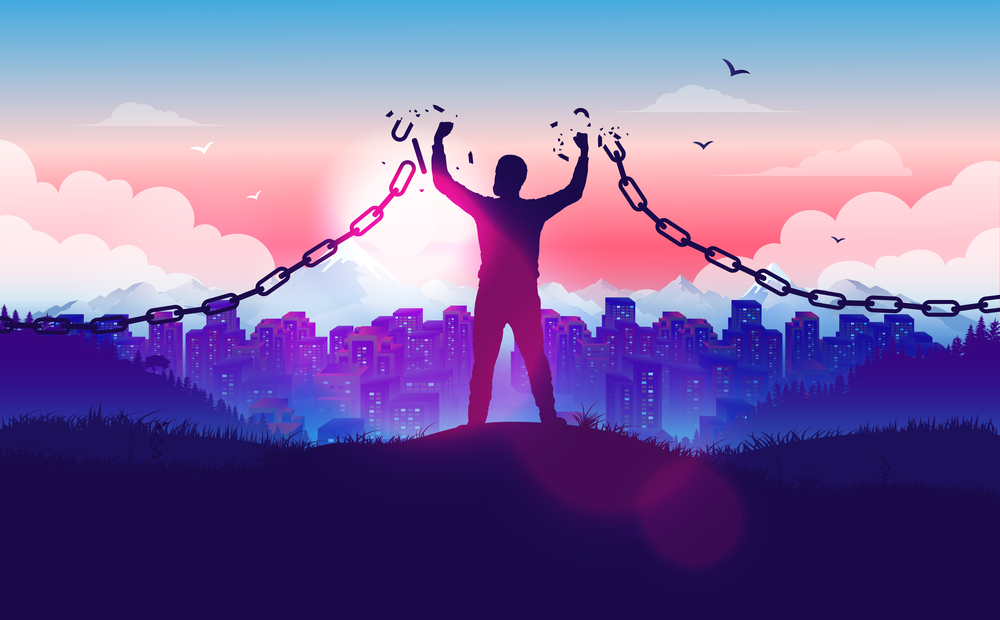Internalized oppression is not always loud. It often appears in whispers, in the subtle ways we silence ourselves, doubt our worth, or unconsciously replicate the very systems that harmed us. These everyday moments, when left unexamined, reinforce cycles of harm across generations.
How It Shows Up in Daily Life
- Self-Doubt and Negative Self-Talk
When someone hesitates to apply for a leadership role because they think, “people like me don’t belong there,” they are not voicing a personal truth but echoing a historical narrative of exclusion (David & Okazaki, 2006). - Perfectionism and Overcompensation
Members of marginalized groups often feel pressure to work twice as hard to be seen as competent. This can result in chronic stress and burnout (Sue et al., 2007). - Colorism, Classism, and Proximity to Power
Preferring lighter skin, favoring certain accents, or valuing material possessions as signs of “success” are ways that oppressive systems sneak into daily judgments and behaviors (Hunter, 2007). - Silence in the Face of Injustice
Many people stay quiet in meetings, classrooms, or public spaces when witnessing microaggressions—not because they agree, but because they have internalized the idea that speaking up is unsafe or futile (Sue, 2010). - Policing Each Other
Internalized oppression often leads communities to police one another’s behavior: questioning someone’s authenticity, judging clothing choices, or criticizing aspirations as “acting white” or “forgetting your roots” (Tatum, 1997).
Why Recognition Matters
Becoming aware of these patterns is the first step toward breaking free. What feels like “just the way I am” is often a reflection of centuries of conditioning. Without recognition, we risk passing these patterns forward. With recognition, we begin the process of reclaiming our power.
Reflection Questions
- When was the last time you doubted yourself because of a message rooted in identity (race, gender, class, etc.)?
- Have you ever judged someone else in your community for “not fitting in”? Where did that standard come from?
- What would it feel like to act from your authentic self rather than a voice shaped by oppression?
Conclusion
Internalized oppression is not inevitable; rather, it is a wound that can be healed. Recognizing how it surfaces in daily life allows us to pause, question, and rewrite the script. In doing so, we reclaim not only our own voices but also our collective future.
References
- David, E. J. R., & Okazaki, S. (2006). The Colonial Mentality Scale (CMS) for Filipino Americans: Scale construction and psychological implications. Journal of Counseling Psychology, 53(2), 241–252.
- Hunter, M. (2007). The persistent problem of colorism: Skin tone, status, and inequality. Sociology Compass, 1(1), 237–254.
- Sue, D. W., et al. (2007). Racial microaggressions in everyday life: Implications for clinical practice. American Psychologist, 62(4), 271–286.
- Sue, D. W. (2010). Microaggressions in everyday life: Race, gender, and sexual orientation. Wiley.
- Tatum, B. D. (1997). “Why Are All the Black Kids Sitting Together in the Cafeteria?” and Other Conversations About Race. Basic Books.
Download the scholarly version of this article by clicking HERE

